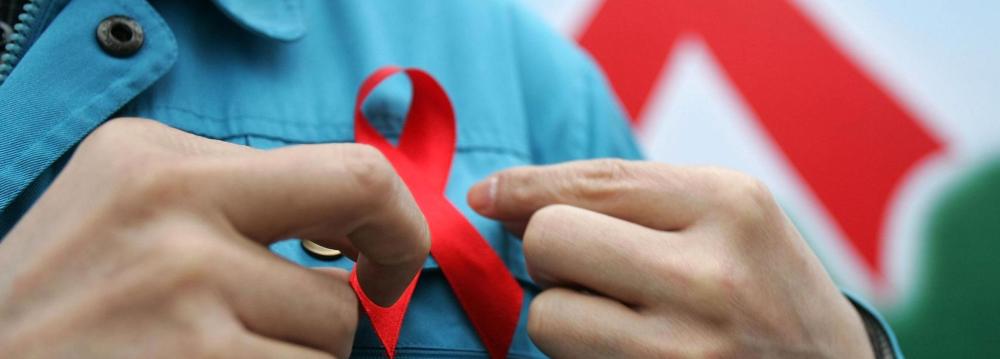The Health Ministry is planning to expand a project to disseminate information and educate youngsters on HIV and other sexually transmitted diseases at special educational centers dubbed “Health and Counseling Clubs,” following a pilot project in April in four provinces.
Under the project, teenagers and youth are provided information on STDs, reproductive health, and risky behavior through recreational activities and programs.
They are also trained to recognize situations that might lead them into socially harmful behavior, and how to overcome such circumstances.
“The Health Ministry is determined to pursue HIV prevention interventions and programs for young age groups,” said Parvin Kazerouni, head of the ministry’s AIDS Control Office. “Due to a rise in sexual transmission of the deadly disease, educational programs on preventive strategies have been put on the ministry’s agenda.”
The pilot project was conducted by Iran University of Medical Sciences in Tehran, Ahvaz University of Medical Sciences in Khuzestan, Shiraz University of Medical Sciences in Fars, and Kermanshah University of Medical Sciences in Kermanshah provinces.
The program is being implemented within the framework of the fourth strategic National Plan on HIV Prevention and Control (2015-2019) which has five major goals: reducing HIV prevalence rate to less than 0.15% among the general public; less than 13% among substance-abusers, and less than 5% among people at risk through sexual transmission. It will also try to bring down mother-to-child transmission by 90% and deaths from AIDS-related diseases by 20% within the timeframe, she said.
Noting that HIV/AIDS transmission is no longer seen as a mere medical problem, Kazerouni said its prevention and control is a complex issue encompassing various economic, social, cultural, and health aspects that calls for cooperation from all sections of the society.
“State and local education officials must be empowered to deliver HIV prevention programs that are scientifically sound and based on the latest research for effectiveness.”
The ministry is also striving to overcome the stigma surrounding HIV/AIDS through education programs and information packages.
“We need to correct the existing misperceptions about who contracts HIV,” she stressed. “Though it has been enveloped in fear and taboo, it is preventable, treatable and survivable if people become aware of their status and seek timely care and treatment for the syndrome.”
SWO Clubs
The State Welfare Organization has also launched 32 HIV/AIDS clubs providing support for over 4,000 HIV-positive individuals.
The clubs are part of the SWO drive to provide social and emotional support for HIV-infected patients from peers, share experience, and increase their participation in programs to prevent the AIDS epidemic. The number of clubs has increased from 23 in 2015 to 32 at present.
The SWO is the second key contributor in the National Strategic Plan on HIV Control after the Health Ministry, and is in charge of controlling high-risk populations including women indulging in risky behavior, drug addicts and street children.
Iran’s measures to control HIV/AIDS have been commended globally. Last year, the Tehran Positive Club, a non-governmental organization, was among the 10 exceptional community-based organizations to win the 2016 Red Ribbon Award for their inspiring work in helping reduce the impact of HIV/AIDS.
Based on the latest official reports (till June 2016), 32,670 people in Iran were diagnosed with HIV/AIDS of which 84% are men, and 16% women.


